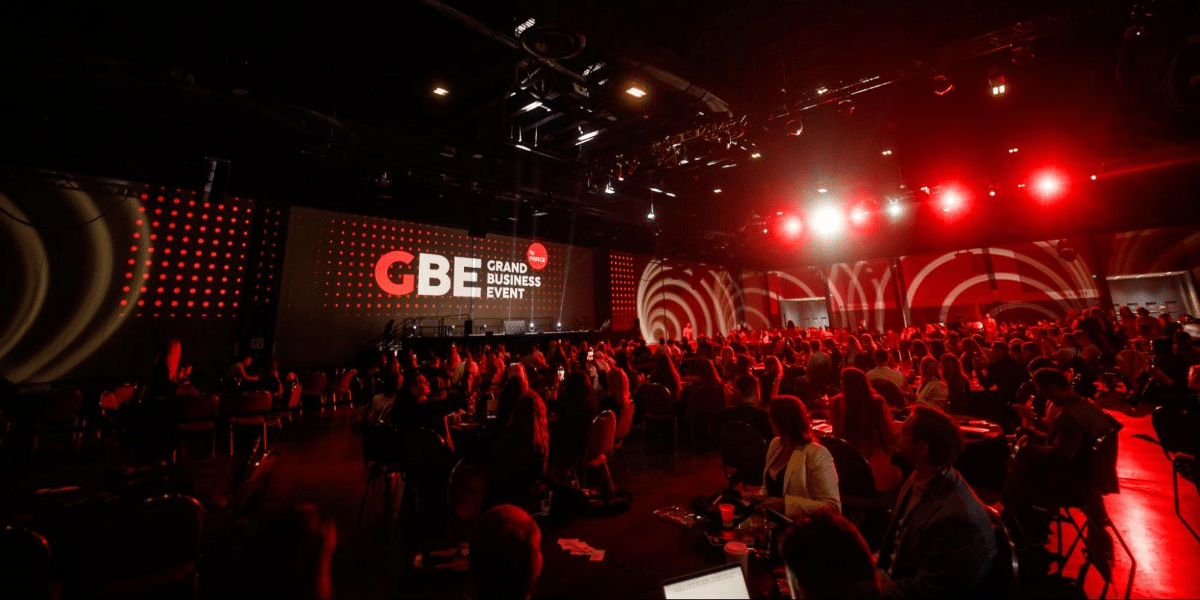Image Commercially Licensed from: Unsplash
By: Pures College of Technology
In an era marked by rapid technological advancements and an ever-evolving job market, the role of higher education in preparing a skilled workforce is more critical than ever. Institutions like Pures College of Technology are at the forefront of this educational evolution, adapting their curricula and teaching methodologies to meet the demands of the modern world. This article explores how higher education is shaping a workforce that is not only technologically proficient but also versatile and adaptable to the changing landscape.
Embracing Interdisciplinary Studies
One of the significant shifts in higher education is the move towards interdisciplinary studies. This approach breaks down traditional academic silos, encouraging students to explore a combination of subjects. For instance, a computer science student might also study elements of design, psychology, or business. This broad-based learning approach equips students with a diverse skill set, making them more adaptable and innovative.
Interdisciplinary studies foster critical thinking and problem-solving skills, enabling graduates to approach challenges from multiple perspectives. By promoting a broader understanding of various fields, colleges are preparing students for a workforce where adaptability and versatility are highly valued.
Prioritizing STEM Education
Science, Technology, Engineering, and Mathematics (STEM) education has become a central focus for many higher education institutions. Colleges are not only expanding their STEM offerings but also integrating these subjects into wider educational experiences. This emphasis is driven by the growing demand for technical skills in the job market, particularly in areas like data science, artificial intelligence, and cybersecurity.
Institutions like Pures College of Technology are ensuring that their STEM programs remain cutting-edge, often collaborating with industry partners to keep curricula up-to-date with the latest technological advancements. Such partnerships provide students with real-world experience and insight, bridging the gap between academic knowledge and its practical application.
Fostering an Environment of Continuous Learning
The rapid pace of technological change means that the skills learned today may need to be updated or expanded tomorrow. Higher education institutions are responding by creating an environment that emphasizes continuous learning and professional development. This approach instills in graduates a mindset that education does not end with a degree but is a lifelong pursuit.
Programs focusing on skills like digital literacy, coding, and data analysis are increasingly common. Additionally, colleges are offering more flexible learning models, including online courses and modular programs, allowing students and professionals to update their skills as needed. Through this, institutions like Pures College of Technology are equipping their students to stay relevant and competitive in a dynamic job market.
Integrating Technology into Learning Experiences
Technology is not just the subject of study; it is also becoming an integral part of the learning experience. Colleges are using technology to enhance the educational process, from virtual reality simulations that provide immersive learning experiences to AI-driven platforms for personalized learning paths. These technological integrations are preparing students to be proficient in using advanced tools and platforms, which are becoming commonplace in many industries.
The use of technology in education also extends to the development of soft skills. Collaborative tools and digital communication platforms are used to foster teamwork and communication skills, preparing students for the collaborative and interconnected nature of modern workplaces.
Addressing the Skills Gap
One of the critical challenges in today’s job market is the skills gap – the disparity between the skills job seekers possess and those employers need. Higher education institutions are playing a pivotal role in addressing this gap. By staying attuned to industry trends and employer needs, colleges can adjust their curricula to focus on the skills that are most in demand.
For example, programs at Pures College of Technology are developed in consultation with industry experts to ensure that they are meeting the current and future needs of the job market. This proactive approach helps ensure that graduates are not only employable upon completion of their studies but also poised to thrive in their chosen fields.
Preparing Students for a Globalized Workforce
In today’s interconnected world, being prepared for the workforce also means being ready for a global job market. Higher education institutions are emphasizing the importance of global awareness and cultural competency. This preparation includes opportunities for international study, language courses, and courses focused on global economic and social issues.
The ability to understand and navigate different cultural contexts is particularly important for students who might work in multinational companies or in increasingly diverse local job markets. By fostering global awareness, colleges are preparing students to be effective in a variety of cultural and geographical contexts.
Conclusion
The role of higher education in preparing a versatile and tech-savvy workforce is multifaceted and continually evolving. By embracing interdisciplinary studies, prioritizing STEM education, fostering an environment of continuous learning, integrating technology into learning experiences, addressing the skills gap, and preparing students for a globalized workforce, institutions like Pures College of Technology are ensuring that their graduates are not just ready for the current job market, but are also equipped to adapt to its future changes. As we look ahead, the alignment of higher education with the needs of the evolving workforce will be crucial in driving economic growth and innovation.









